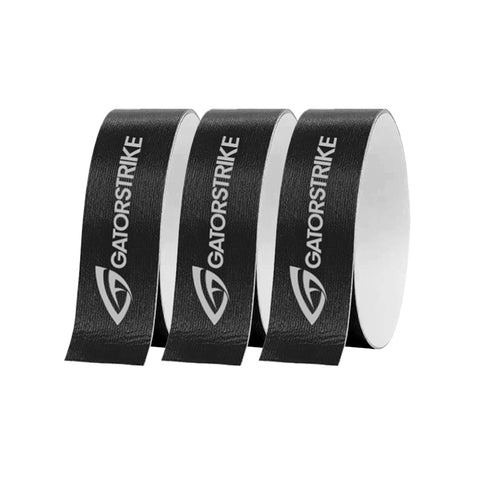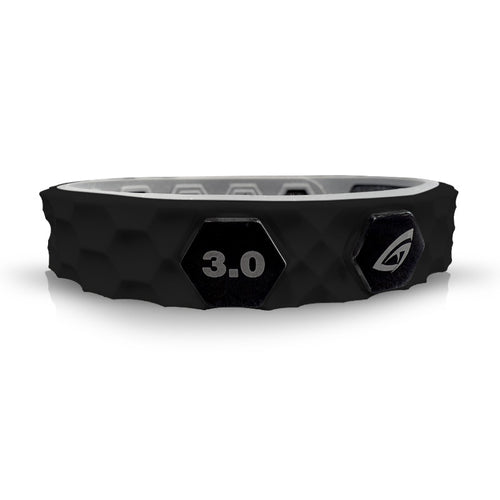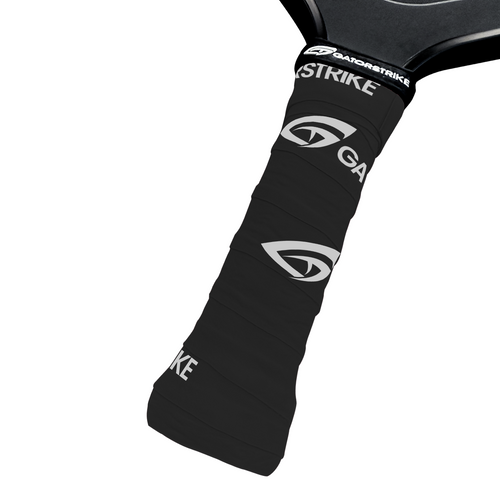
Analyzing Professional Pickleball Matches: Key Takeaways for Amateur Players
Share
Watching professional pickleball matches is more than just entertainment—it’s an educational goldmine for amateur players looking to refine their skills and elevate their game. By closely analyzing the techniques, strategies, and decision-making of elite players, you can gain invaluable insights that can be applied to your own gameplay.
In this article, we’ll break down key takeaways from professional pickleball matches, focusing on shot selection, court positioning, mental resilience, and strategic adaptability. Whether you’re a beginner or an intermediate player, these lessons will help you develop a more tactical and well-rounded approach to the game.
1. Mastering the Art of Controlled Aggression
One of the hallmarks of professional pickleball is the ability to balance aggression with precision. While power plays a role, pro players don’t recklessly smash every shot—they use controlled aggression to place shots strategically.
What to Learn:
- Patience over Power: Instead of forcefully driving every ball, professionals wait for the right opportunity to attack a high ball.
- Soft Game Mastery: Notice how top players use dinks to set up offensive plays. A well-placed dink forces an opponent to pop the ball up, creating an opening for an aggressive putaway.
- Paddle Control: Professional players generate controlled speed and spin rather than mindlessly swinging hard. Their technique allows for precision even on powerful shots.
Drill to Try:
- Practice dinking rallies with a partner, focusing on consistency rather than speed.
- Work on third-shot drops that transition from defense to offense smoothly.
2. Strategic Court Positioning: Controlling the Kitchen Line
If you observe professional matches, you’ll see that players fight for the kitchen line and rarely linger at the baseline. This positioning minimizes their opponent’s angles and increases their ability to dictate play.
What to Learn:
- Move Up Smartly: Instead of charging the net recklessly, professionals advance strategically behind a third-shot drop or drive.
- Stay Compact: Top players maintain a low, balanced stance at the kitchen line, allowing for quick reflexes and better reach.
- Anticipate Angles: Rather than reacting late, professionals read their opponents’ body positioning to predict where the next shot will go.
Drill to Try:
- Play “No-Volley Line Control” drills where one player stays at the kitchen line while the other tries to force them back with drives and lobs. The goal is to maintain control of the net.
3. Adapting to Opponent Playstyles
Professional players are highly adaptable. They make real-time adjustments based on their opponent’s strengths, weaknesses, and tendencies.
What to Learn:
- Read Patterns: Watch how professionals analyze their opponent’s shot tendencies and adjust their positioning accordingly.
- Switch Tactics: If an opponent is dominating with aggressive drives, pros may slow the game down with softer dinks. Conversely, if their opponent struggles with fast-paced exchanges, they will increase the tempo.
- Exploit Weaknesses: Pro players actively seek their opponent’s weaker side (usually the backhand) and consistently place shots there to gain an advantage.
Drill to Try:
- Play practice games where you intentionally vary your playstyle—one game focusing on an aggressive approach, another prioritizing soft shots and patience. Learn to adjust based on your opponent’s response.
4. The Mental Game: Staying Composed Under Pressure
One of the most defining traits of professional players is their unshakable mental resilience. They don’t get rattled after losing a point; instead, they refocus and move forward.
What to Learn:
- Short-Term Memory: Professionals quickly reset after making a mistake. They don’t dwell on errors but focus on the next point.
- Composure in High-Stress Situations: Watch how pros stay calm in long, intense rallies. Their body language remains relaxed, allowing them to react efficiently.
- Confidence in Shot Selection: Top players commit fully to their shots without hesitation. Doubt leads to errors, while confidence enhances execution.
Drill to Try:
- Play games where you force yourself to reset mentally after every lost point. Try visualization techniques between points to maintain focus.
5. Effective Communication in Doubles Play
In doubles pickleball, elite teams communicate constantly to ensure seamless coordination. They use verbal cues, hand signals, and non-verbal communication to move efficiently as a unit.
What to Learn:
- Call Out Shots: Notice how pros consistently call “Mine!” or “Yours!” to avoid confusion.
- Stacking Strategies: High-level doubles teams often use stacking to keep their stronger player in the optimal position.
- Trust Your Partner: Instead of trying to cover the entire court, professional doubles players trust their partner and move in sync rather than overextending.
Drill to Try:
- Play a match where you and your partner must verbally communicate before every shot, ensuring clear decision-making.
6. Shot Variety: Expanding Your Arsenal
Professional pickleball players utilize a diverse range of shots, making them unpredictable and difficult to counter.
What to Learn:
- Mix Up Your Serves: Pro players don’t serve the same way every time. They vary spin, depth, and placement to keep their opponent guessing.
- Use the Erne and ATP (Around-the-Post) Shots: Elite players are always looking for opportunities to step outside the sideline and attack at unique angles.
- Lob Strategically: While beginners often lob defensively, professionals use offensive lobs at precise moments to push their opponents back.
Drill to Try:
- In a practice session, challenge yourself to hit at least five different shot types during a rally (drive, drop, lob, dink, and slice).
Final Thoughts
Professional pickleball matches offer a masterclass in strategy, technique, and mental toughness. By carefully analyzing their play and applying these key takeaways, amateur players can accelerate their improvement and develop a more refined approach to the game.
Next time you watch a pro match, don’t just be a spectator—be a student. Observe patterns, take notes, and challenge yourself to integrate these lessons into your own matches. The journey to becoming a smarter, more skilled player starts with a deeper understanding of the game’s nuances.
So, grab your paddle, hit the courts, and start implementing these pro-level strategies today! 🏓🔥












